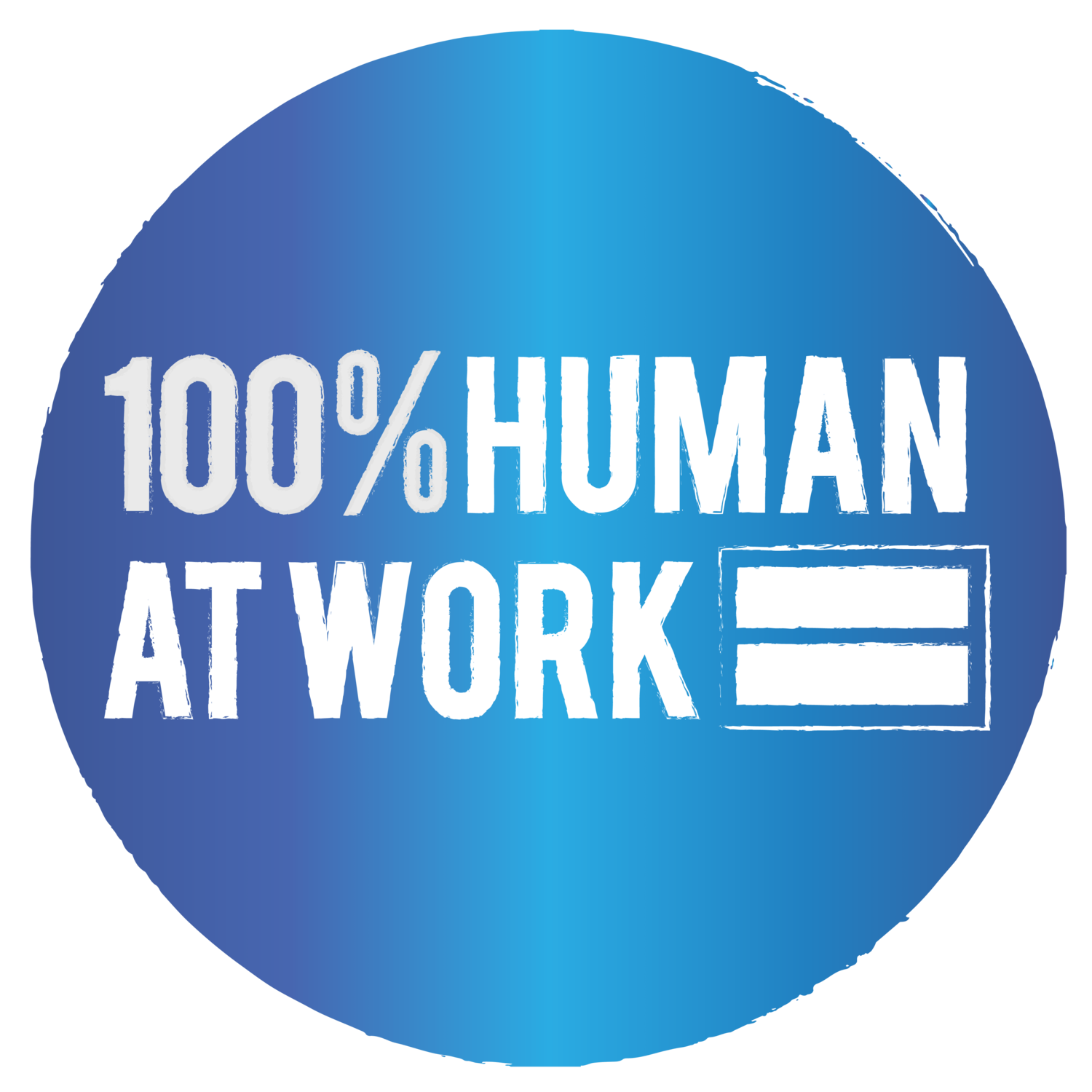AURECON
THE WORLD’S FIRST VISUAL CONTRACT FOR ALL STAFF LEVELS
Free from legal jargon, Aurecon's visual contracts resemble a comic strip and are a world first for a global company for all levels of staff.
Why did Aurecon choose to do the visual contracts?
Businesses and employees alike feel that meaningful employee engagement is lacking across many industries and companies. Aurecon was determined to change this by considering the customer and employee experience through the same lens.
One of the first projects identified to improve employee experience was the design of a visual contract. The first thing employees receive upon joining a company is their contract, and most are written in complicated legalese and are hard to understand. As a company full of human centred designers, Aurecon was keen to change this.
In Aurecon’s Visual Employment Contract, more than 4,000 words were eliminated and illustrations used to explain concepts and improve readers’ understanding. To re-design the contracts Aurecon assembled a multi-disciplinary team and partnered with a visual contracting specialist – Professor Camilla Andersen from the University of Western Australia. Concepts and drawings were developed in design workshops, with each iteration tested and tweaked.
The contracts set the tone of what Aurecon expects from employees, but also what they can expect from Aurecon. They bring to life two Aurecon Principles – Make the complex simple and Be playful with serious intent – and in so doing seek to build a good relationship with employees and create the right culture for the business from the outset.
How does this initiative humanise the workplace or help staff bring their whole selves to work?
Aurecon wanted something different - something to reflect who they are as a company and how they are unique and innovative. They wanted to make their contracts accessible to everyone so they didn’t feel they had to get a lawyer to understand it.
They wanted to make it more human.
Visual contracts have been used by some companies in the past for people in their workforce who do not have a high level of education, but they have never been used for all levels of staff.
Their internal team worked with Camilla for about 8 months and produced about 16 versions prior to settling on the final draft. Visual contracts have now been rolled out for new employees across Australia, New Zealand and South Africa, and discussions are ongoing for implementation across Asia and the Middle East.
Aurecon has also launched visual contracts for changing existing terms in Australia and New Zealand, and are now considering how to implement visual contracts for changing existing terms more widely across the business.
Aurecon wanted to attract top talent and engage with them well to build trust and create the right foundation for positive employment relationships. These highly innovative visual employment contracts demonstrate the culture Aurecon is seeking to build – one where employees can thrive.
The results
The visual contracts have been extremely well received by people at all levels. They were initially a bit apprehensive about how senior executives would react, but the feedback has been that the contracts were simple to understand, and they actually enjoyed going through it.
Aurecon and Professor Anderson are now just starting to collect more formal feedback, measuring the level of understanding and impact through surveying 600 people who joined Aurecon on the old contract and 600 on the new. Of the 600 new hires, 87% strongly agreed or agreed that ‘I found the employment contract easy to understand,’ and 72% strongly agreed or agreed that ‘The format of the contract gave me a good impression that the employer values openness and transparency’.
